The upgrade path to the modernization of the slitter

With the wave of intelligent manufacturing, the modernization of slitting machine is undergoing a profound change from traditional to intelligent. The core of this upgrade lies in the integration of big data, artificial intelligence and Internet of Things technology to realize the automation, informatization and intelligent control of the processing process. The slitter is no longer a single cutting tool, but has become a key node in the smart factory.
First of all, the implantation of intelligent sensing technology enables the slitter to monitor the operating status in real time, including the degree of tool wear, material thickness changes, etc., to ensure cutting accuracy and efficiency. By analyzing this data through machine learning algorithms, the system automatically optimizes cutting parameters, reducing human intervention and improving processing consistency.
Secondly, the introduction of remote monitoring and predictive maintenance systems allows equipment managers to remotely monitor the operation status of slitting machines, warn potential failures in advance, arrange maintenance plans, avoid unplanned downtime, and ensure production continuity. This shift has greatly increased the availability and operational efficiency of the equipment.
In addition, the intelligent slitting machine also supports cloud data management and analysis, so that enterprises can optimize the production process based on a large amount of processing data, realize personalized customized services, and quickly respond to changes in market demand. At the same time, the application of digital twin technology allows enterprises to test new cutting strategies in a virtual environment, reduce the cost of trial and error, and accelerate the new product development cycle.
In short, the intelligent upgrade of the slitting machine modernization is not only an innovation at the technical level, but also a profound change in the production mode and management concept. It pushes the manufacturing industry towards a more flexible, efficient, and sustainable future, demonstrating the great potential of smart manufacturing to enhance industrial competitiveness.
Recent Post
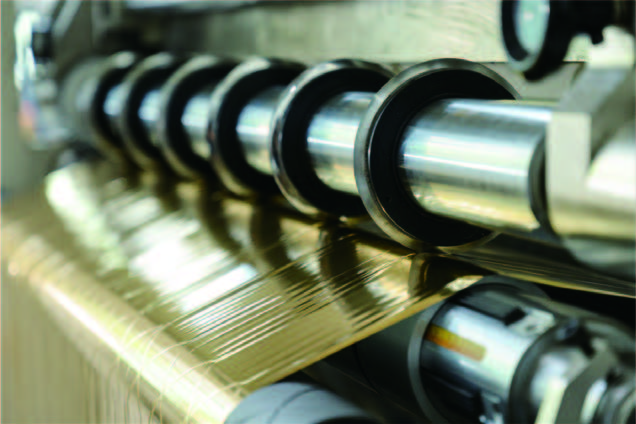 High-precision cutting: How does the slitting machine achieve the ultimate slitting accuracy of ±0.1mm?
High-precision cutting: How does the slitting machine achieve the ultimate slitting accuracy of ±0.1mm?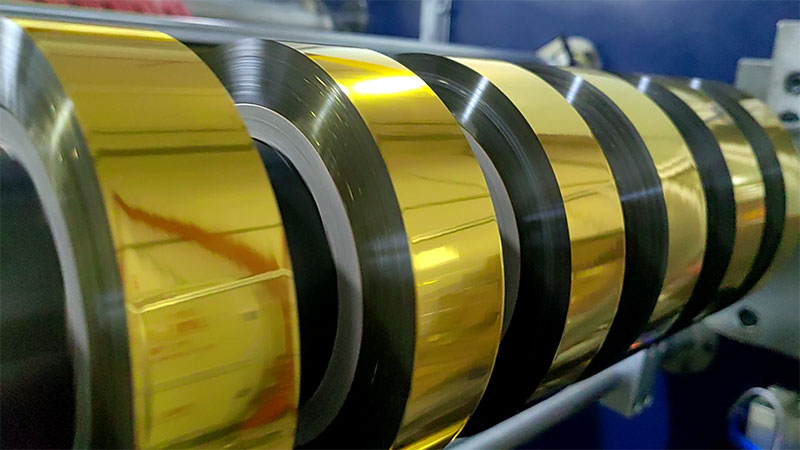 Efficient and accurate: analysis of the core functions and applications of the slitting machine
Efficient and accurate: analysis of the core functions and applications of the slitting machine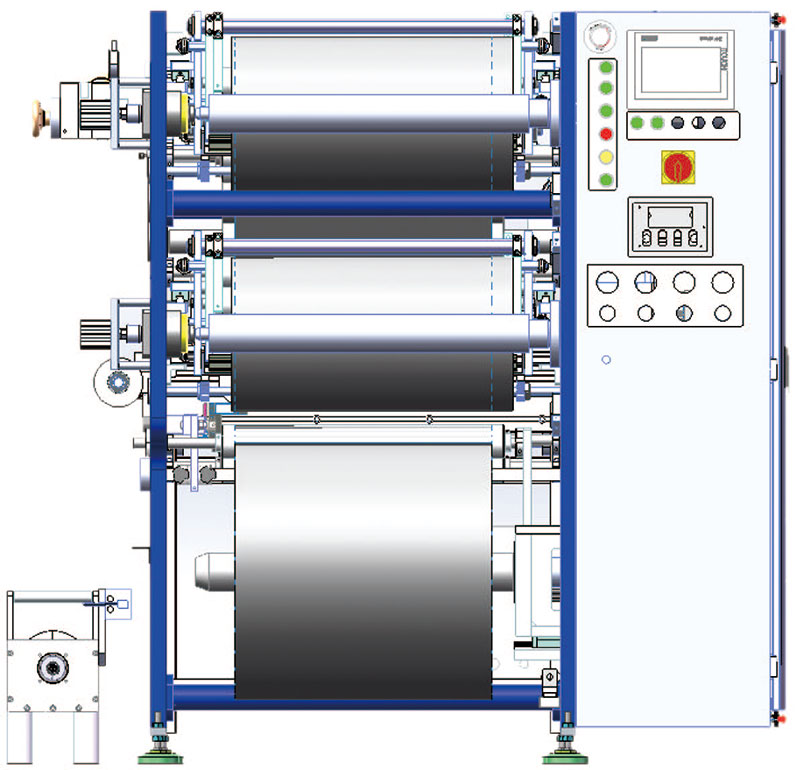 Analysis of the application field of slitting machine: which industries cannot do without it?
Analysis of the application field of slitting machine: which industries cannot do without it?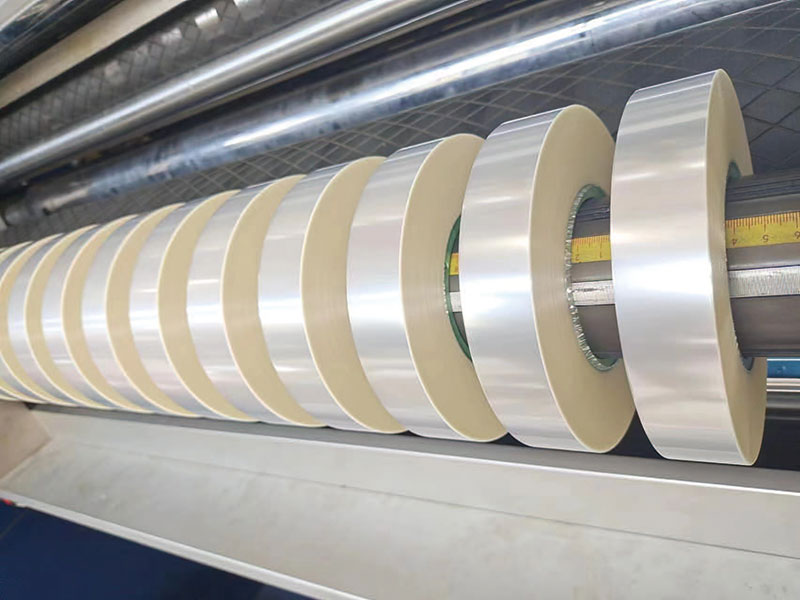 How can film slitting machine improve production efficiency? One-button operation + high-speed slitting
How can film slitting machine improve production efficiency? One-button operation + high-speed slitting
Related Product
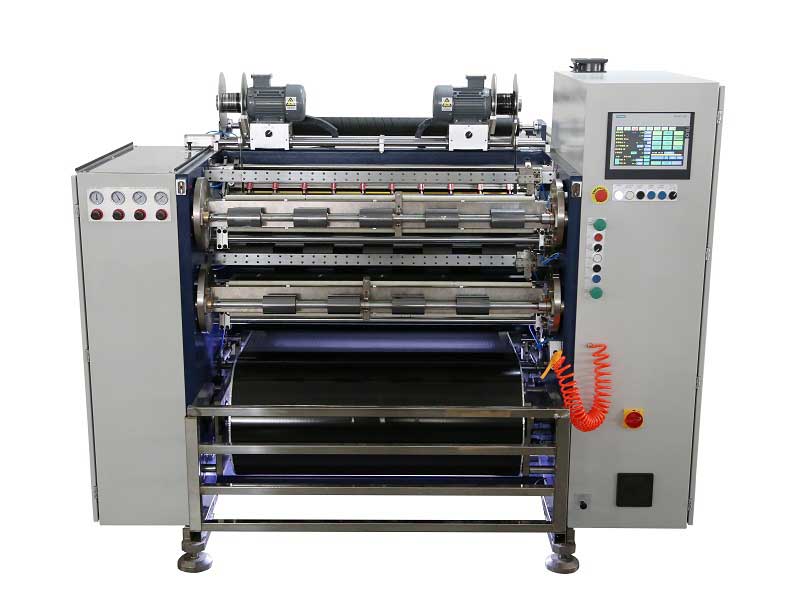 Automatic Thermal Transfer Ribbon Slitting Machine RSDS8 H PLUS
Automatic Thermal Transfer Ribbon Slitting Machine RSDS8 H PLUS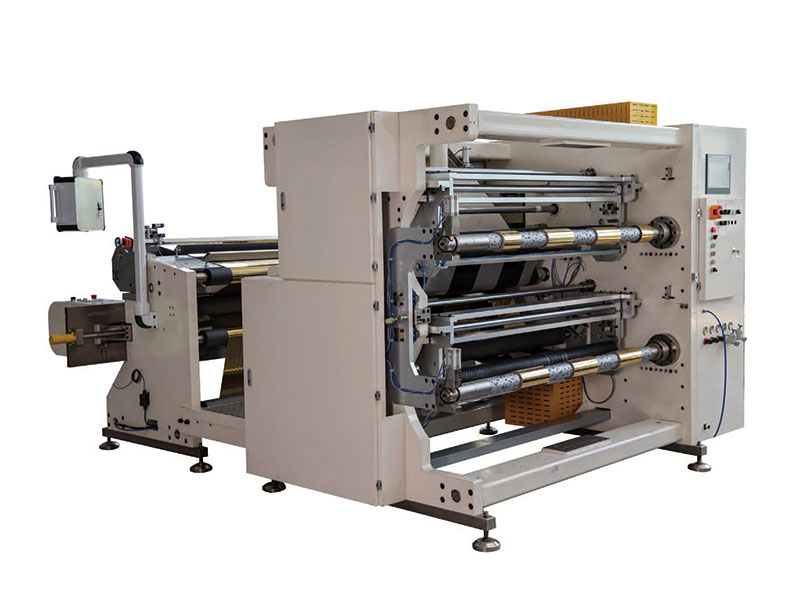 1400mm Hot Stamping Foil Slitting Machine
1400mm Hot Stamping Foil Slitting Machine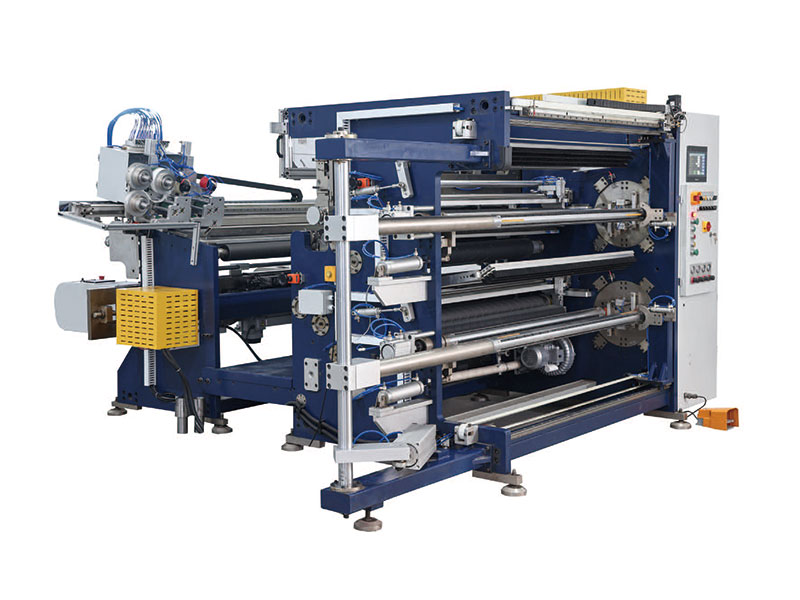 1350mm Hot Stamping Foil Slitting Machine
1350mm Hot Stamping Foil Slitting Machine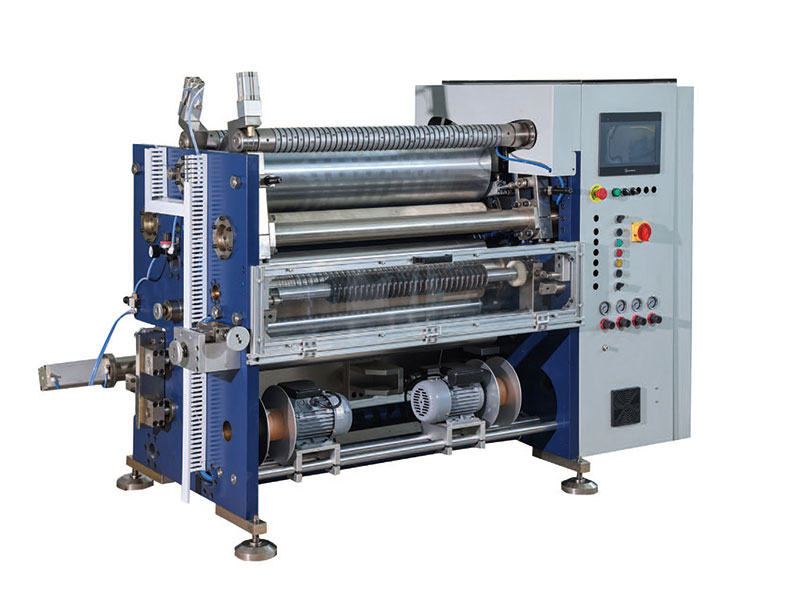 800mm Hot Stamping Foil Slitting Machine
800mm Hot Stamping Foil Slitting Machine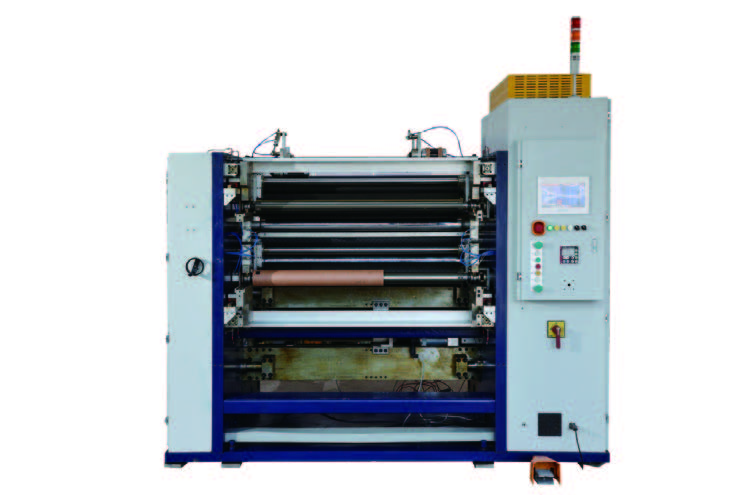 New Energy Ultra-thin Film Slitting Machine For Capacitive Film
New Energy Ultra-thin Film Slitting Machine For Capacitive Film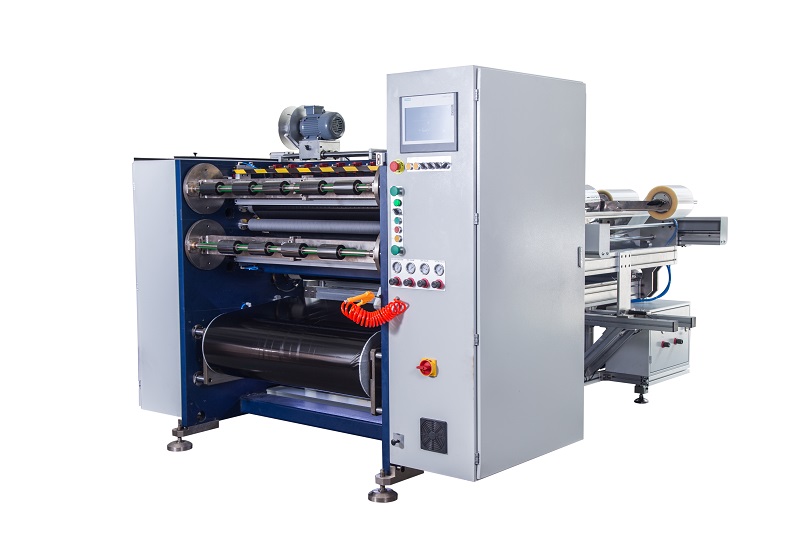 Semi Automatic Thermal Transfer Ribbon Slitting Machine RSDS5 PLUS
Semi Automatic Thermal Transfer Ribbon Slitting Machine RSDS5 PLUS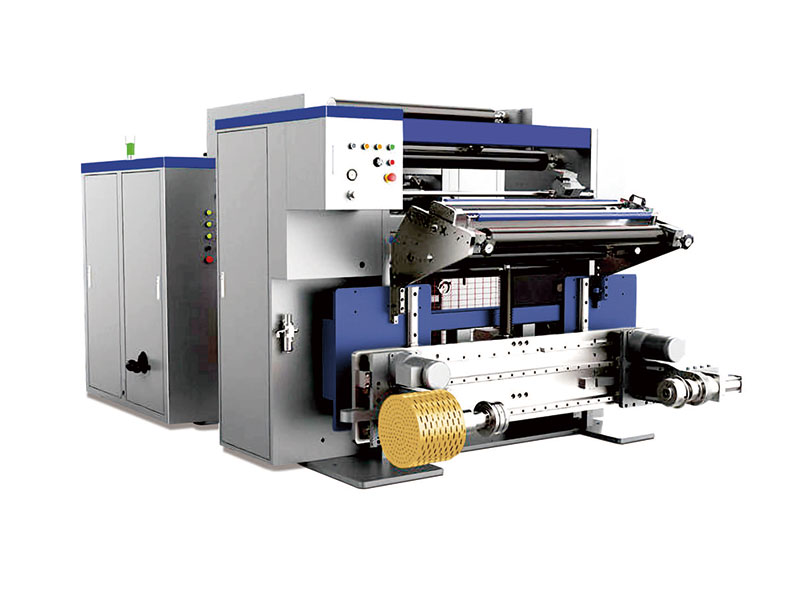 High Speed Slitting Machine
High Speed Slitting Machine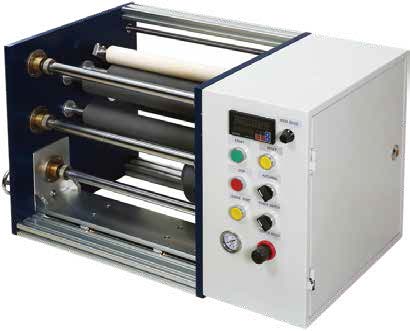 350mm Mini Slittting Machine
350mm Mini Slittting Machine


